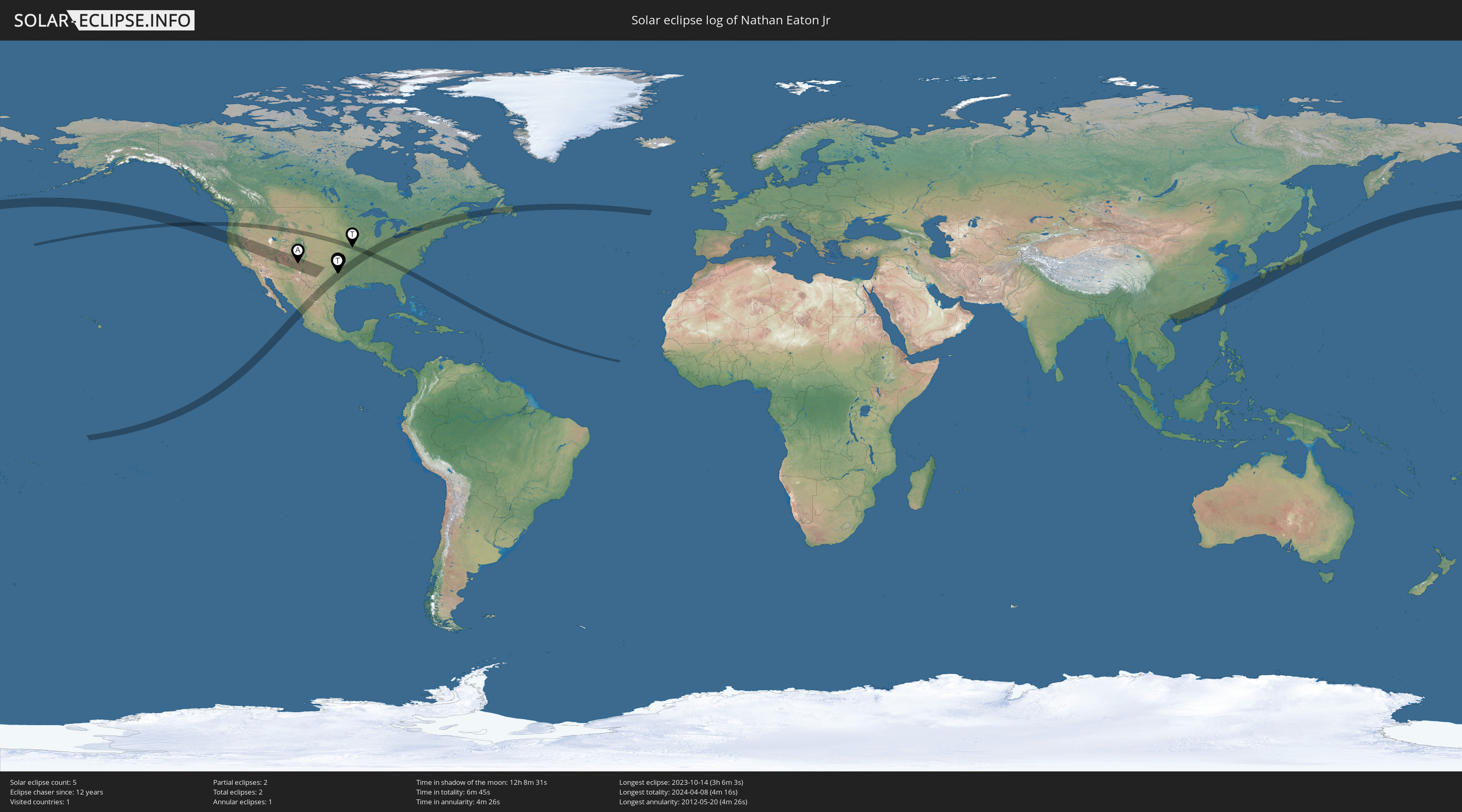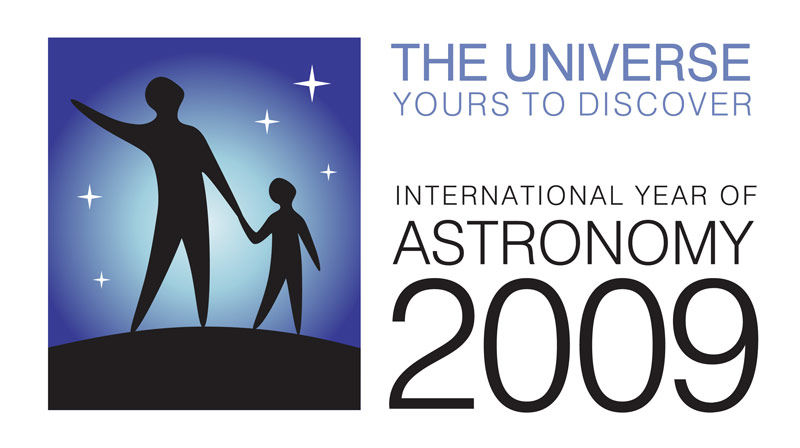I've been planning a post on how bright Venus has been in the evening sky lately, but it's turned into more of a research effort than I expected. I still plan on posting about that eventually but in the meantime let's talk about a side effect of how bright Venus is.
At its brightest, Venus is normally1 the third brightest object in the sky behind the Moon and the Sun. We don't typically see celestial objects during the day other than the Sun and, depending on its phase, the Moon. The reason has to do with contrast - the difference in brightness between two objects. To see an object in the sky, it has to be brighter than the background. That's why you can see stars at night but not during the day: the scattering of sunlight in the atmosphere makes the sky too bright compared to the stars. This is also why you can't see the Milky Way in urban areas. Light pollution increases the brightness of the sky, reducing the contrast between the Milky Way and the background sky until there isn't enough difference for the Milky Way to stand out.
So, if you can't see stars during the day then is it possible to see Venus? As bright as it gets (apparent magnitude -4.7), it is still not nearly as bright as the Moon (-12.6). As it turns out though, it is bright enough to see in broad daylight. You just have to know where to look.
At its brightest, Venus is normally1 the third brightest object in the sky behind the Moon and the Sun. We don't typically see celestial objects during the day other than the Sun and, depending on its phase, the Moon. The reason has to do with contrast - the difference in brightness between two objects. To see an object in the sky, it has to be brighter than the background. That's why you can see stars at night but not during the day: the scattering of sunlight in the atmosphere makes the sky too bright compared to the stars. This is also why you can't see the Milky Way in urban areas. Light pollution increases the brightness of the sky, reducing the contrast between the Milky Way and the background sky until there isn't enough difference for the Milky Way to stand out.
So, if you can't see stars during the day then is it possible to see Venus? As bright as it gets (apparent magnitude -4.7), it is still not nearly as bright as the Moon (-12.6). As it turns out though, it is bright enough to see in broad daylight. You just have to know where to look.
As bright as Venus is right now and given how far it is above the Sun (its elongation), now is a great time to try spotting it during the day. To find it, it helps to have something else nearby to start your search from. A good candidate is the Moon. I checked using one of my favorite pieces of software (Planetarium) and found that over North Texas the Moon and Venus will be just a few degrees apart about 2:30 p.m. on February 27th. Although the Moon will be a thin crescent on that date, it should still be a good starting point for finding Venus. I plan to try this approach on the 27th but in the meanwhile there is another alternative that you can try tomorrow.
First, find a building with an exterior wall that runs generally north and south. The next step is to know what time during the day Venus will be directly over head (it's transit time). To find that for your location, use this tool hosted by the U.S. Naval Observatory. Scroll down to Form A, enter the date, Venus as the object, your state and city and optionally your elevation above sea level, then click on the Compute button. The resulting data includes the time Venus rises and sets but more importantly its transit time and how high in degrees above the southern horizon it will be at that time (its altitude).
With this information in hand, grab a pair of binoculars and stand next to your north/south wall shortly before the specified transit time. It needs to be a wall facing east so that as you stand next to it you're in shade (or, if viewing when Venus is in the morning skies, use a wall facing west as Venus would transit before the sun). This will avoid glare from the Sun as you search for Venus and also guard against accidentally looking at the Sun through the binoculars. Standing next to the building, search the sky just along the edge of the roof of the building, scanning back and forth at approximately the angle Venus should be above the southern horizon.
I tried this yesterday and it worked great. Venus was to be straight overhead at 2:57 pm at an altitude of 67 degrees. Our house faces due south so all I had to do was step outside on my patio and stand next to the east-facing wall. By scanning the sky along the edge of the roof overhead I was able to spot Venus easily through my Canon 8x25 binoculars (you don't need big, powerful binoculars - almost any decent pair will do). I got a great view of a crescent Venus.
For something a little harder, once you've spotted Venus through binoculars try searching that same spot without them. It takes a bit more effort but once you know where to look and what you are looking for it is possible to spot it with the unaided eye.
I'll post an update the next time I've spotted Venus during the day and include a photograph. In the meantime, once you've succeeded in spotting Venus in the daytime yourself, share the wealth and show it to your friends, family or neighbors. I bet they'll be amazed!
1 According to this Wikipedia article, objects (past and present) brighter than Venus include the Crab supernova of 1054 and Iridium satellite flares.





















 The journey continues beyond 2009... check it out!
The journey continues beyond 2009... check it out!

No comments:
Post a Comment